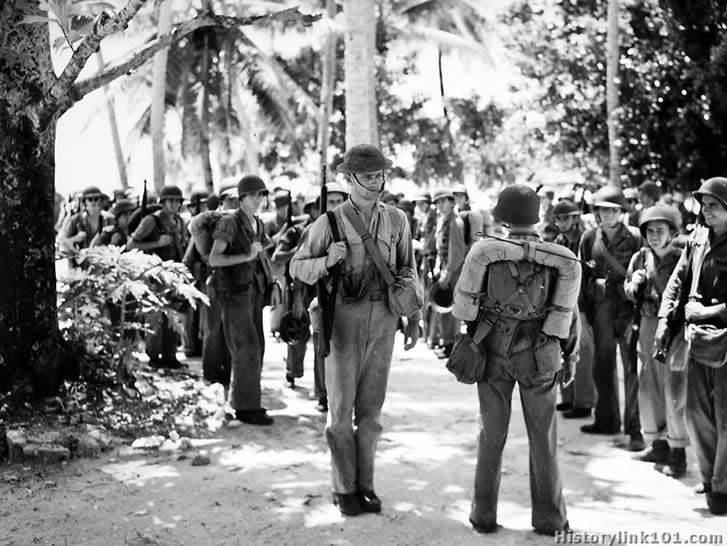When ethnologist Augustin Krämer died, the moment passed unnoticed in Sāmoa. His two-volume study provided Sāmoa with a patchy and loosely accurate institutional knowledge to replace that lost in the 1918 influenza epidemic. Elderly and caught in a Nazi world where anthropology had moved onto Sonderweg (special path), with aryans and a master race, Krämer had retired. Living near his birthplace in Stuttgart he published a paper on distinctive Swabian farmhouses, saying they showed the influence of earlier Slavic settlement. That drew a rebuke from the local Gaukulturamt (National Socialist Culture Office) which said the ‘topic of German prehistory … is of special political importance [and that] laymen were not supposed to spread different information’. Krämer bought his library back home ‘due to the uncertainty of the situation’. He died on 11 November 1941. That day Japanese naval forces departed Kure in Japan bound for Pearl Harbour.
Margaret Mead was living off the proceeds of her 1928 best-seller, Coming of Age in Sāmoa.
Keep reading with a 7-day free trial
Subscribe to Michael Field's South Pacific Tides to keep reading this post and get 7 days of free access to the full post archives.




